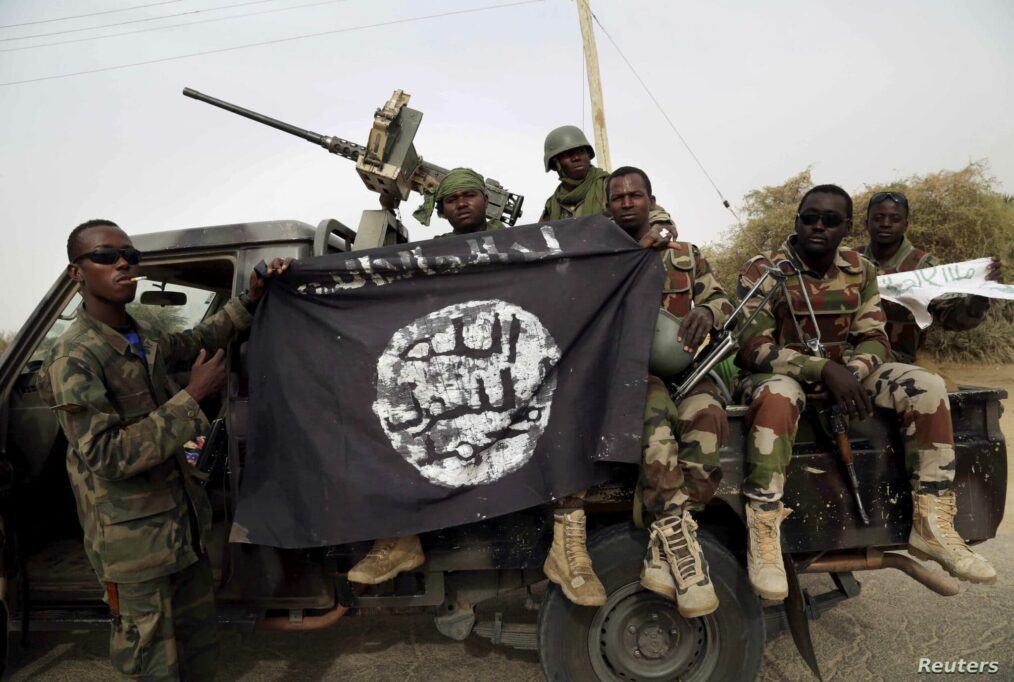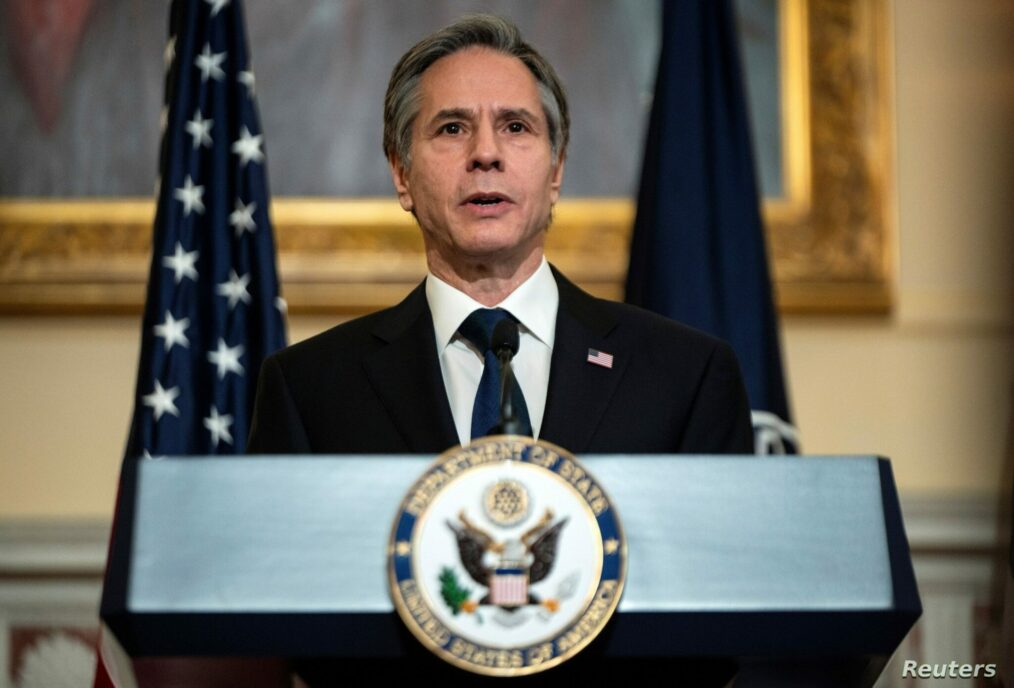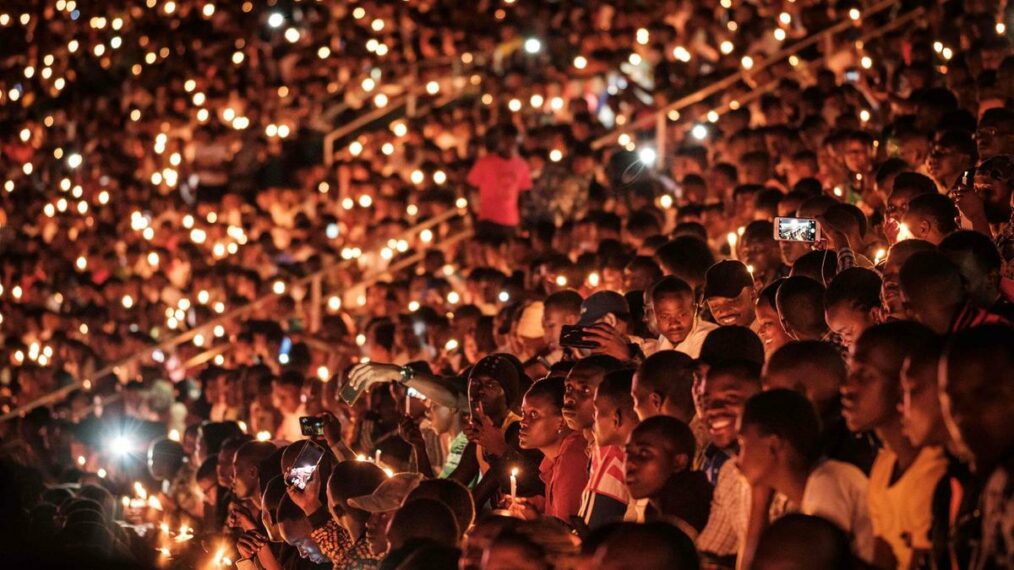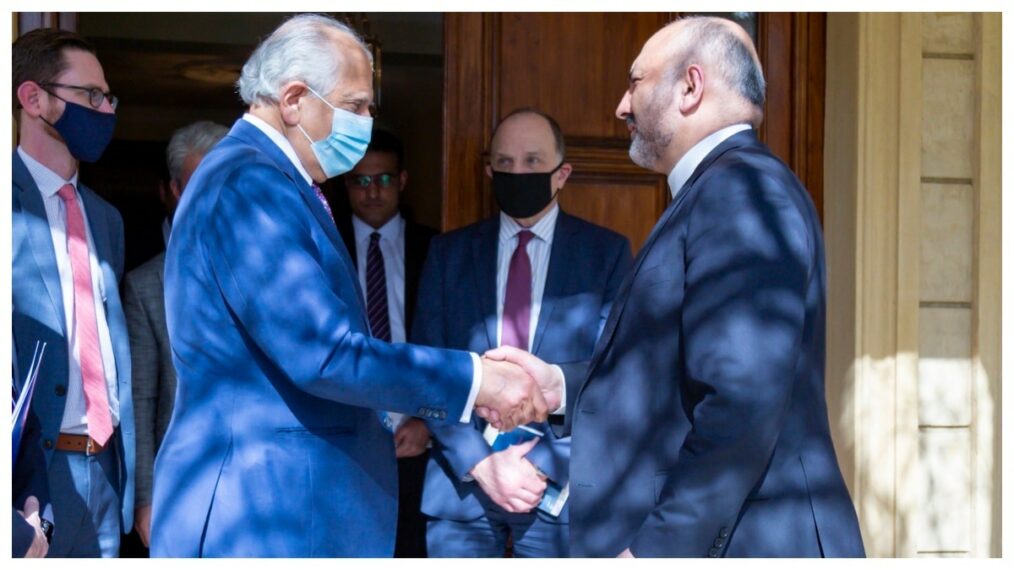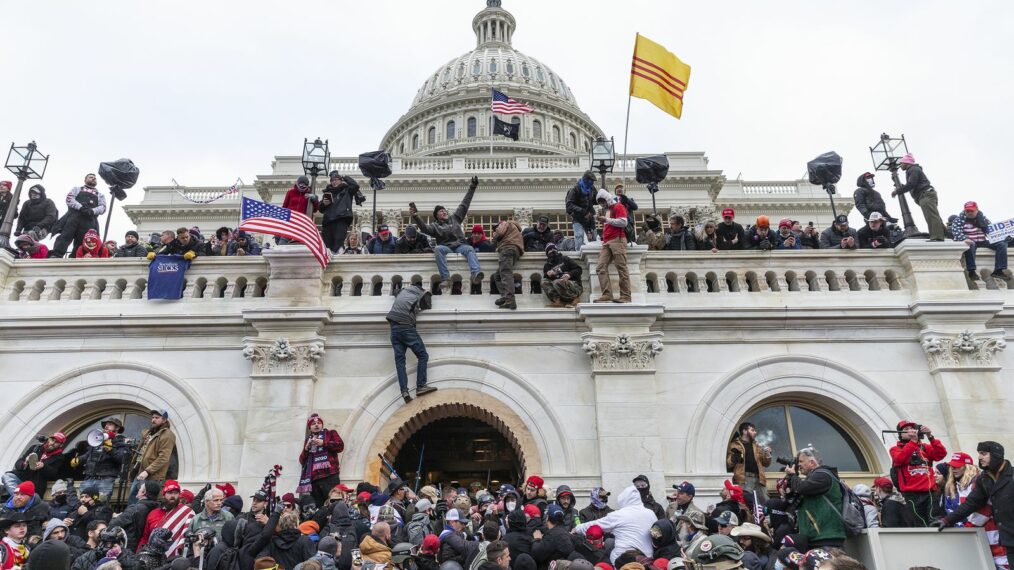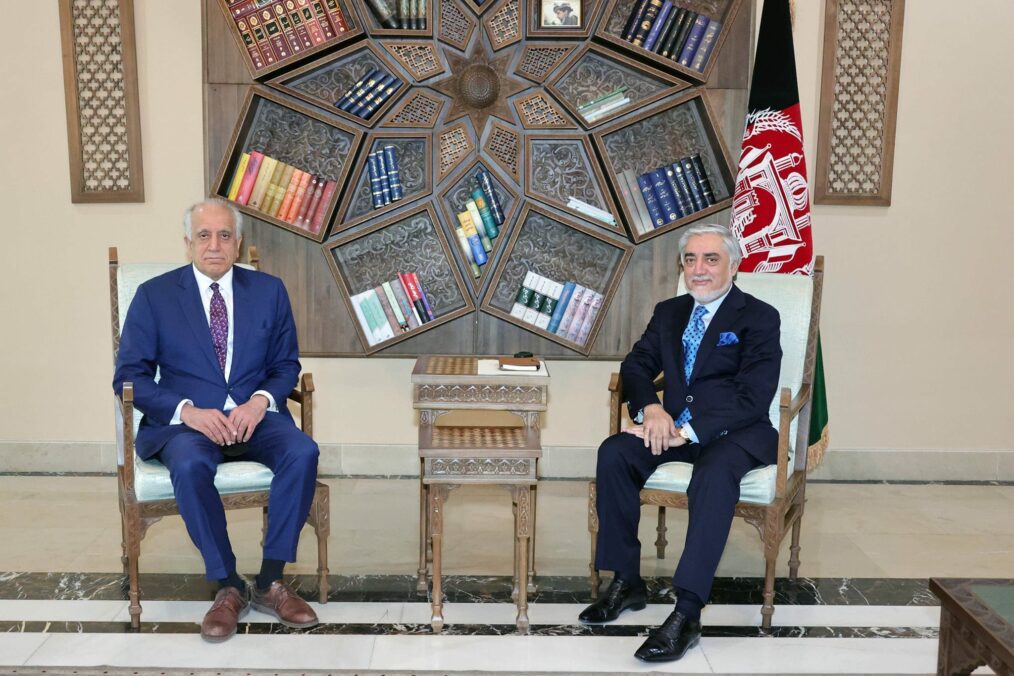For the last decade, Nigeria’s deadliest threat has undoubtedly and consistently been Islamic group Boko Haram. The terror group would see the Nigerian government overthrown to allow Islamic law to replace it. Although established in Northeast Nigeria, Boko Haram’s operations have spread beyond Nigeria’s borders. Its occupancy has overflowed into neighbouring countries like Cameroon, Chad and Niger. Despite countless counterterrorism initiatives and overwhelming expenditure, the Nigerian government has been largely unsuccessful in its attempts to control Boko Haram’s spread and malicious actions. As Boko Haram continues to threaten national security, it is important to evaluate the efforts of the Nigerian government’s counterterrorism measures in their attempt to counteract the group.
Boko Haram’s Violent Actions
Since the beginning of their insurgency in 2009, the group has killed more than 30,000 people and 2 million others have been displaced from their homes across Nigeria. However, Boko Haram is not the only terrorist group operating in Nigeria, the Islamic State West Africa Province (ISWAP) is the regional affiliate of the Islamic State. ISWAP have claimed credit for the killing of 30 soldiers in northeast Nigeria this week.
Boko Haram’s name, translated from Hausa, means ‘Western education is forbidden’. And this message has been no more true than in April 2015 when members of the terrorist group executed one of their most shocking attacks. Despite authorities being alerted to the possibility of the threat, Boko Haram were able to abduct 276 young girls from a secondary school in Chibok in the State of Borno. Ill-equipped to manage and respond to threats of this nature, Nigeria’s military were acting on the back foot. The kidnapping caught global attention and sparked outrage not only in Nigeria but worldwide, with the campaign #BringBackOurGirls trending. Since then, Boko Haram have executed a number of kidnappings, bombings and massacres, resulting in Nigeria being ranked third for the impact of terrorism.
Nigeria’s State Of Emergency
Since Boko Haram’s inception, the Nigerian government has used a range of techniques in an attempt to combat the terrorist group. During Boko Haram’s most lethal period, the Nigerian government attempted to implement a range of operations focusing on Boko Haram bases. However, this only led to the group retaliating by launching attacks on vulnerable communities across the country. In January 2012, President Goodluck Jonathan declared a state of emergency against Islamic insurgency. He made the decision to temporarily close borders with Cameroon, Chad and Niger, all areas of Boko Haram operations. This temporary measure was put in place to address the security challenges that Nigeria was facing, which consequently led to the establishment of a special counter terrorism force.
By 2013, Jonathan made the decision to clamp down on military excesses and launched an offensive on Boko Haram’s insurgency. The result was Boko Haram’s loss of control in Maiduguri. However, soon after this operation Boko Haram stormed military barracks and government buildings killing 55 people and freeing 105 prisoners. The failure of these operations was clear in Boko Haram’s continued spread to the south of the country, creating a feeling of anxiety and panic throughout Nigeria.
In 2014 the Nigerian government shifted their tactics to a soft approach through their National Counter Terrorism Strategy (NACTEST). It was established to counter the Boko Haram’s operations and target the roots of terrorism. In this regard, elements such as radicalisation prevention, stronger community integration and economic development were imperative. The initiatives were somewhat effective but their success did not survive long term. To this day, Boko Haram continues to enact terror, causing a divide between civilians and the government.
Nigeria’s Counter-Terrorism Failings
A consistent theme of Nigeria’s failing efforts against Boko Haram has been a lack of communication. On various occasions poor inter-border communication has led to many challenges. These include: the loss of resources, uncertainty across troops and ineffective and untimely information sharing. This has resulted in generally a poor response to Boko Haram’s operations. The lack of effective communication has inevitably inflated regional tensions across Nigeria’s borders where military bases meet.
Research into the counterterrorism institutions in Nigeria has uncovered that they are generally counter-productive in their work. This due to poor funding, staffing and poor managerial methods. Despite these challenges, the Nigerian military has been successful in some of its operations. For instance, the rescue of 26 humanitarian aid workers, who had been abducted by Boko Haram in recent weeks. The government has also worked to return and reintegrate 5,000 civilians that had fled the country due to ongoing violence. With Nigeria and Cameroon working together to ensure safety in some parts of the State of Borno. This has enabled some communities to return.
Future Recommendations
Moving forward, it is crucial for the Nigerian government, and their counterterrorism team to understand the importance of effective communication. This communication must take place between the government, the military, national institutions and counterterrorist organisations. It is also important that communication is consistent on both a national level and on a regional level. The Nigerian government is strict in enforcing the law and punishments for any form of terrorist behaviour. The integration of these laws and investigations must also remain consistent. The brutal attacks from Boko Haram will not end if nothing changes.

